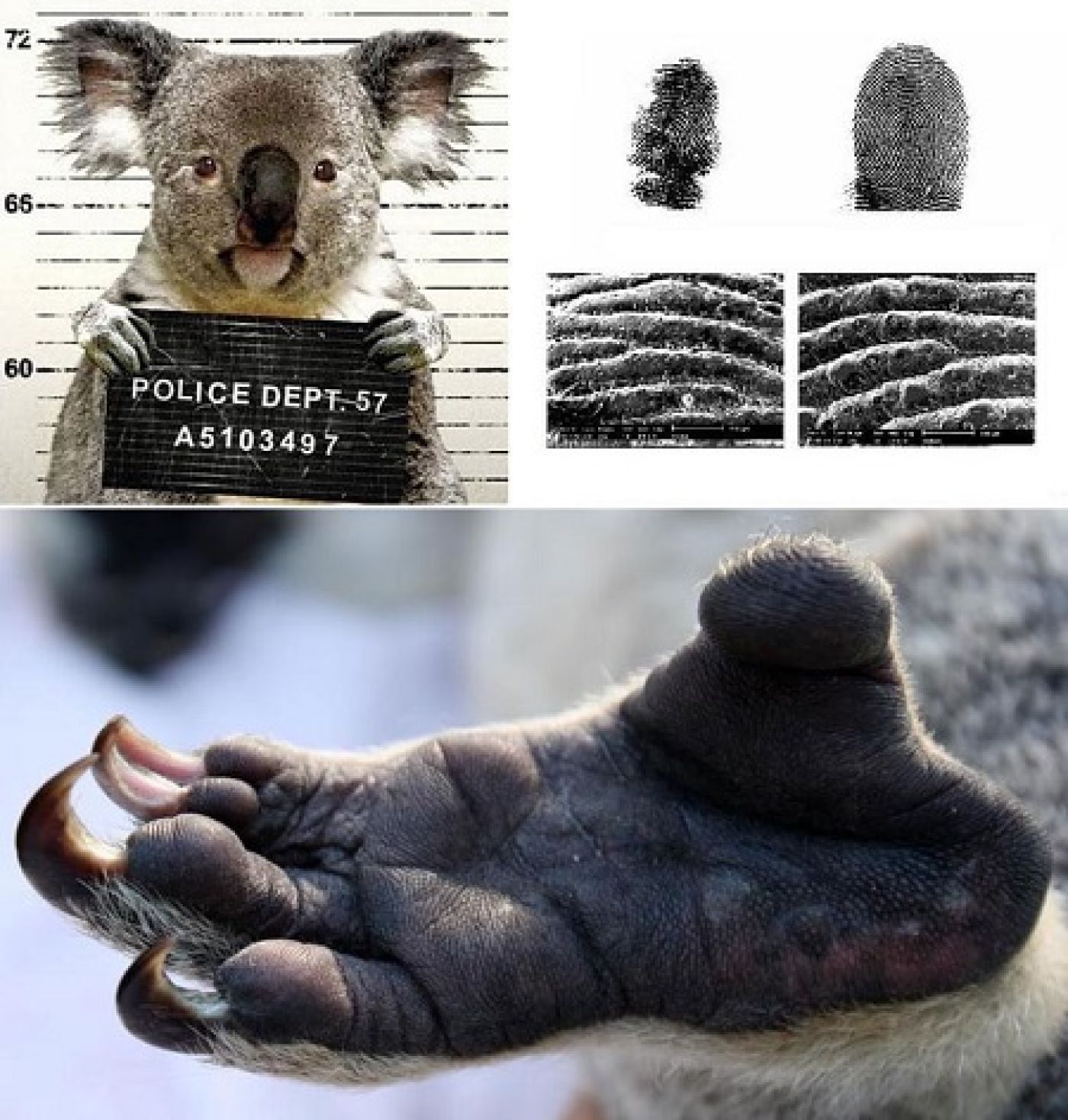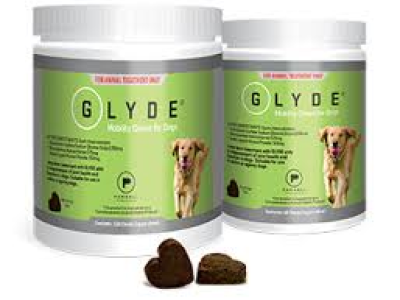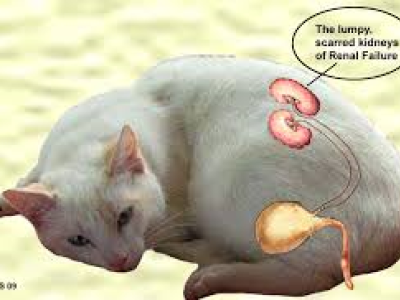Heatstroke

We assume because our animals our outside regularly, they can tolerate the weather better than we can. This is not the case and with the warm weather now upon us, it is time to ensure we know the signs of heatstroke in your pets and how to avoid this debilitating condition. Heatstroke is a serious condition that can lead to multiple organ failure.
Animals can die quickly if not treated.
Heatstroke can be avoided by common sense rules:
- Keep your pets in a cool, shaded area with good ventilation
- Do not exercise in hot, humid conditions
- Never leave them in a car
- If inside is cooler than outside, bring them inside
All pets are at risk of heatstroke; however, some have a higher risk of serious problems including brachycephalic dogs & cats. (squishy & flat faced dogs like Bulldogs & Pugs or Persian & Himalayan cats.)
Flat-faced dogs have serious difficulty breathing due to their short muzzles, which means in hotter weather they can struggle to cool themselves. Brachycephalic breeds are 146% more likely to suffer heatstroke than other breeds.
Smaller animals such as mice, guinea pigs, rabbits and birds are often confined to cages and hutches preventing them from moving to cooler areas once the temperature rises. These animals need to be moved to well ventilated areas with plenty of fresh, clean drinking water.
Other factors that can heighten the risk are:
- Obesity
- Excessive exercise
- Thick, long hair/coats
- Heart problems
- Extremes in age (young/old)
- dehydration
What are the signs of heatstroke:
- Relentless panting
- drooling, salivating
- very red or pale gums
- bright red tongue
- increased heart rate
- seizures
- breathing distress
- collapsing & lying down.
If you suspect your pet may be suffering heatstroke seek help immediately.


